Wiring your shark’s brain (SA03)
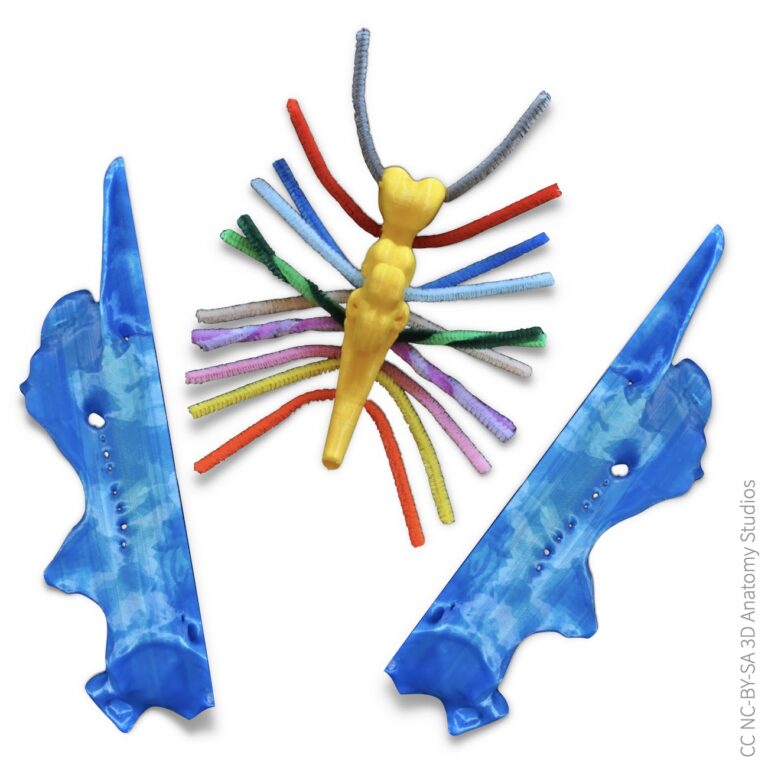
Learn the shark cranial nerves by connecting nerves to a brain model of the spiny dogfish shark, tracing their paths out of the braincase, and completing a schematic diagram.

Learn the shark cranial nerves by connecting nerves to a brain model of the spiny dogfish shark, tracing their paths out of the braincase, and completing a schematic diagram.
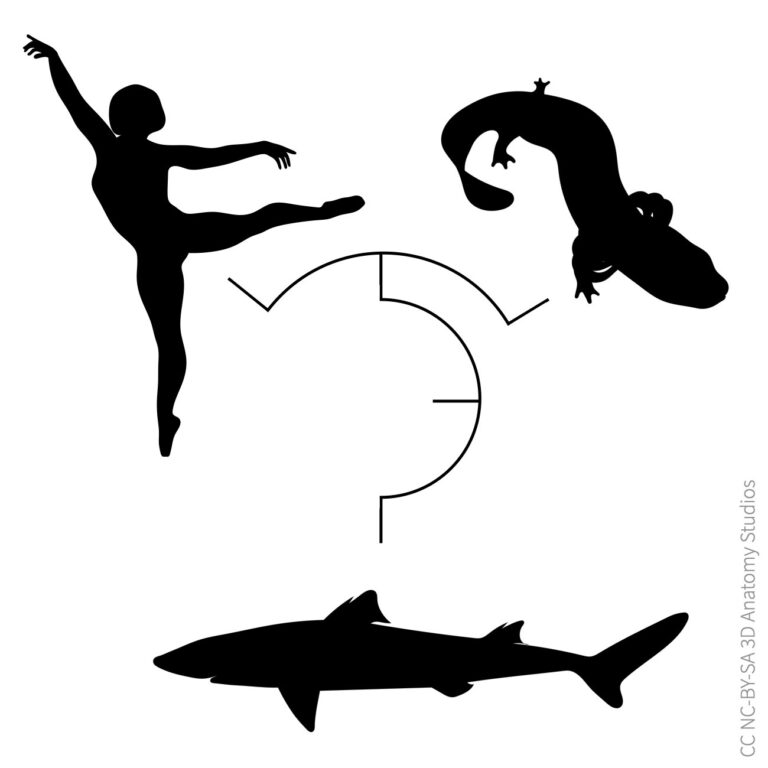
Compare and classify the shark cranial nerves and explain the functional evolution of some of the cranial nerves in vertebrates more broadly.
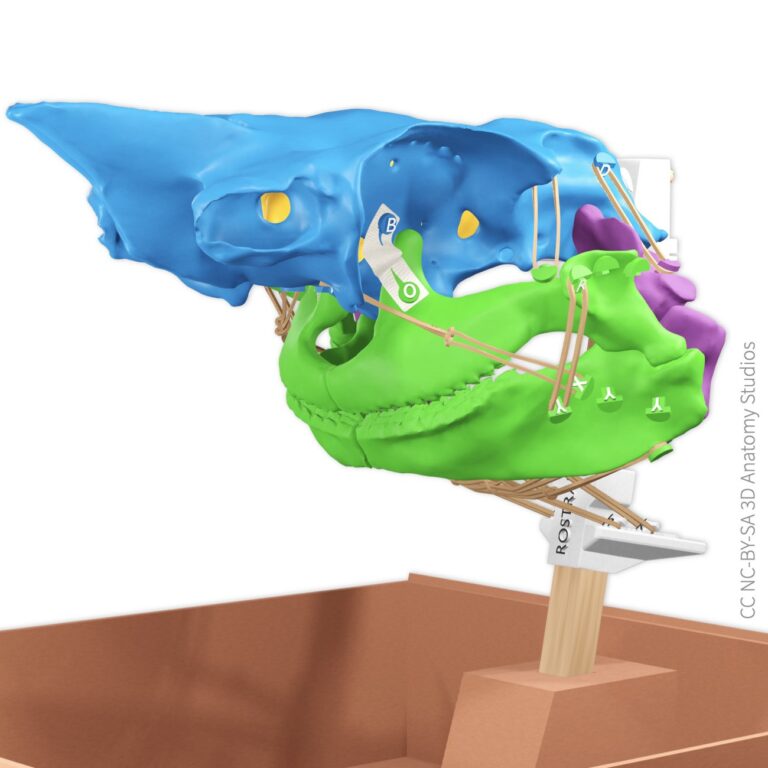
Identify and attach jaw muscles to the skeleton of your spiny dogfish shark and figure out the actions of each muscle by using your model to simulate the motions of the jaws.
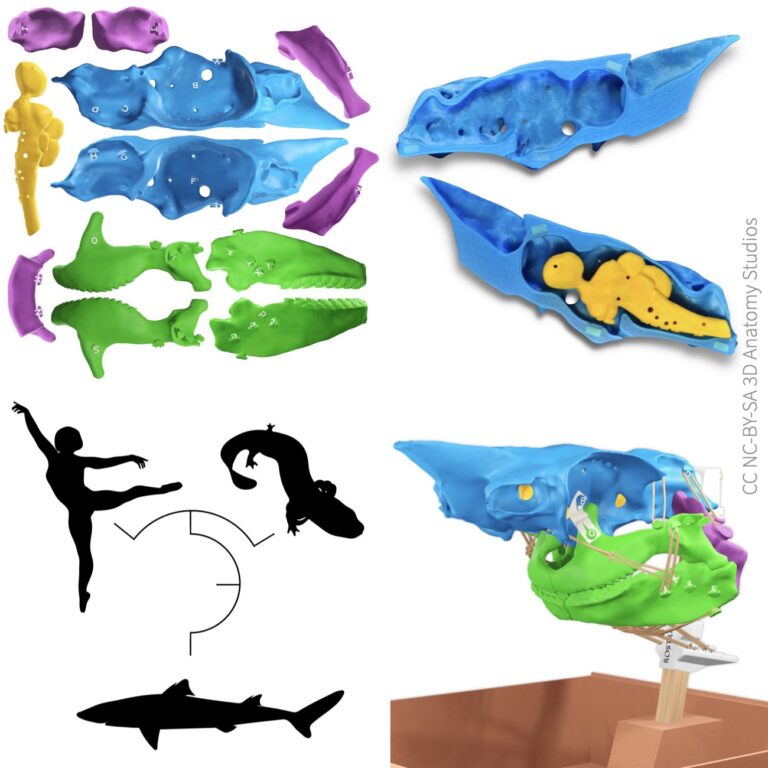
A single PDF of all the activity modules for the dogfish shark skull kit, including all student guides, student notebooks, and educator guides.
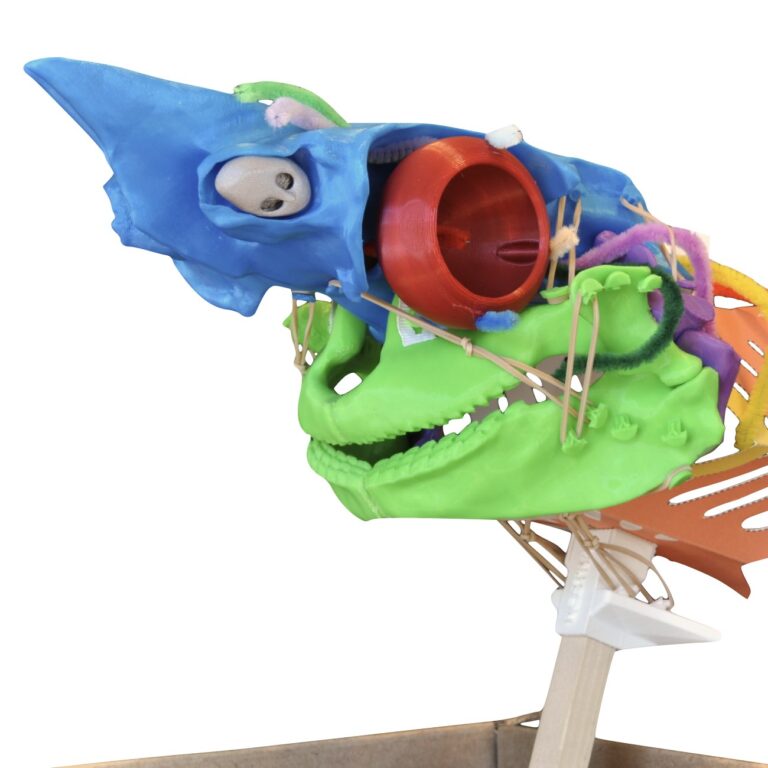
All the activities for our Dogfish Shark Skull Kit are available as a Google doc that you can copy to create and share your own activities.
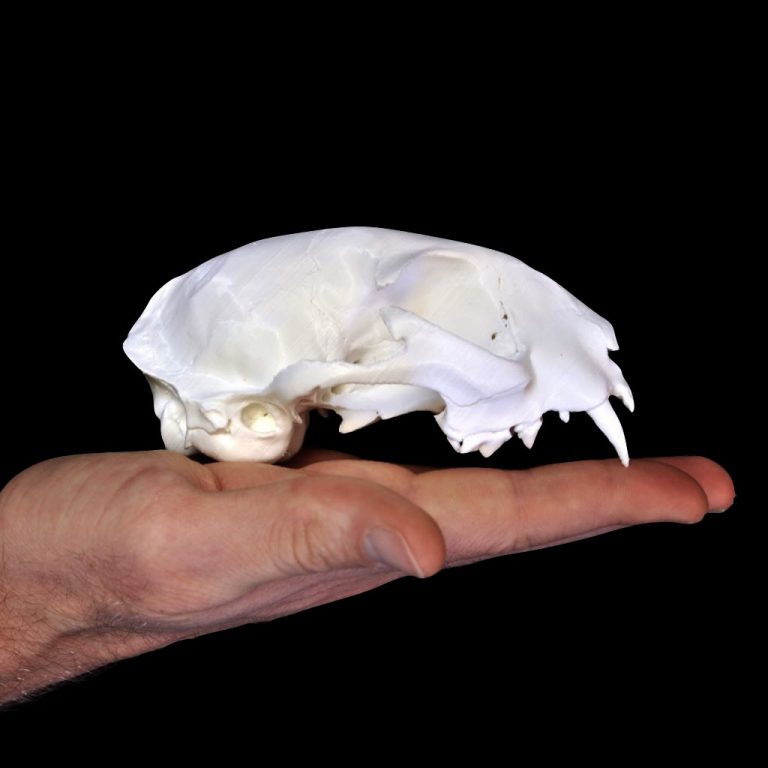
Physical anatomical models have benefits for teaching and research, from multi-sensory learning to quickly testing physical interactions among parts. In this post, we explain the 10 steps we follow in using 3D printing to create high-resolution models specifically tailored to each client's unique needs.

What's the difference between a small business and a start-up? In this post we explain what is typically meant by each of these how there isn't always a clear difference between the two. We also give examples of how 3D Anatomy Studios currently operates both as a small business and as a start-up.

We are thrilled that our Shop is officially open! In this April 2022 update we share more about the how and why of opening our online shop, why we tried but ultimately decided against using dropshipping, and how we decided on the most environmentally sustainable materials to use for creating and shipping our products.

We can’t believe it’s already been five months since we officially registered as 3D Anatomy Studios! In this March 2022 update post, we share what we've been up to for the past few months, including submitting our first NSF SBIR Phase I Proposal! Plus, something exciting to watch for in April!
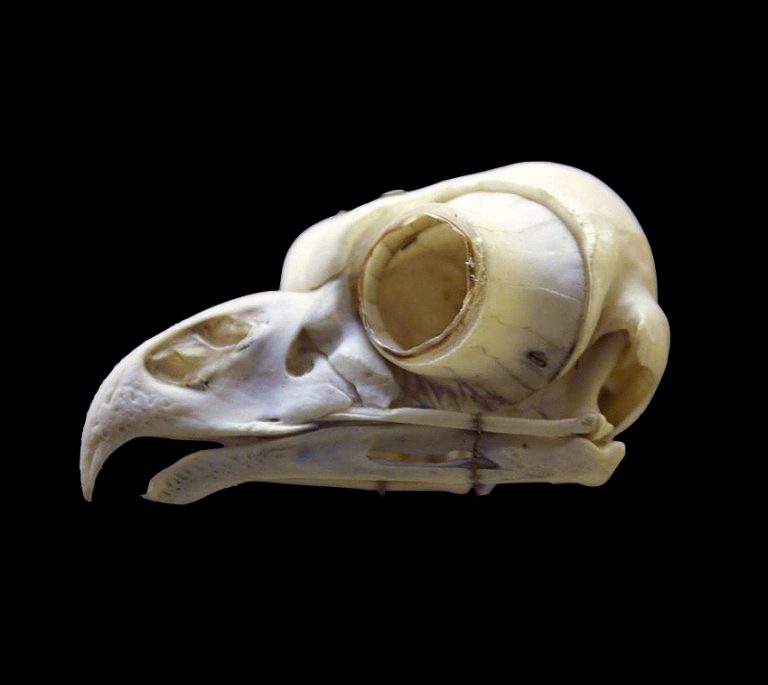
Most vertebrates have an ocular skeleton, cartilage and bone embedded in the outer wall, or sclera, of the eye. However, most mammals, including humans do not. Rana and her aunt Iesha discuss how eyes work, the function of the ocular skeleton, and potential reasons why humans don't have one.